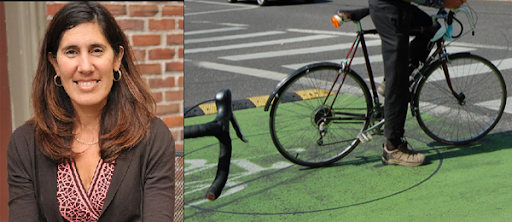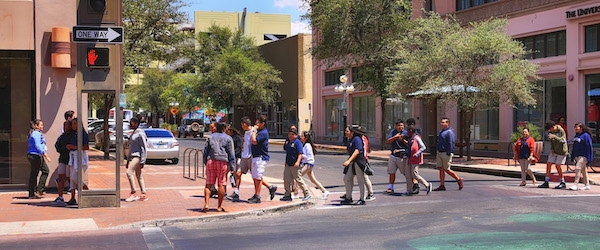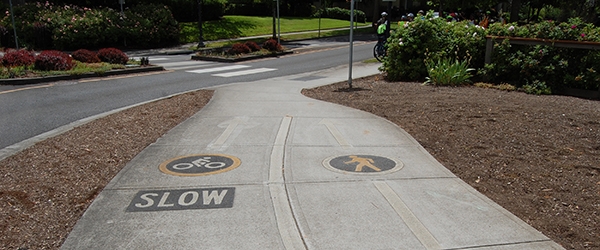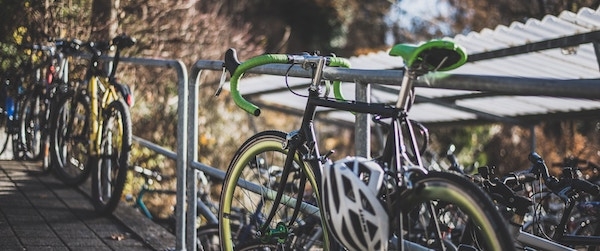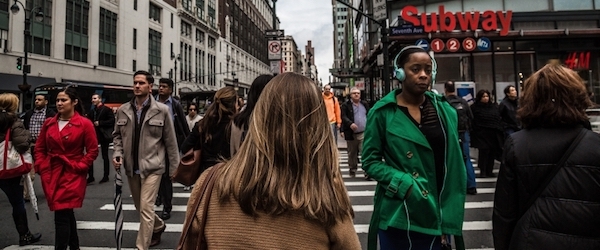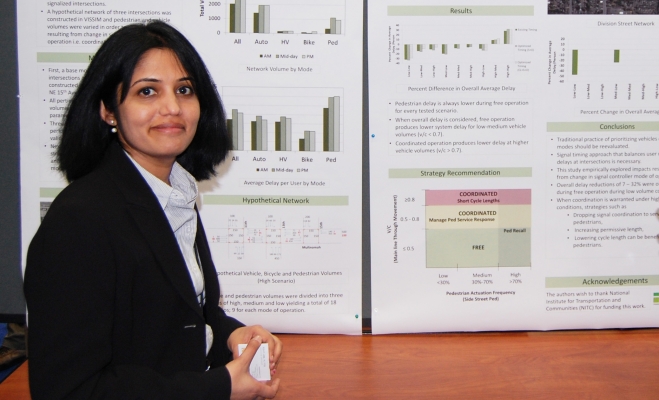Despite widespread use of walking as a transportation mode, walking has received far less attention than the motor vehicle in terms of national guidance and methods to support planning, designing, and operating safe, functional, and comfortable facilities. To address this gap, the TRB National Cooperative Highway Research Program funded NCHRP Project 17-87: Enhancing Pedestrian Volume Estimation and Developing HCM Pedestrian Methodologies for Safe and Sustainable Communities. Led by Principal Investigator Paul Ryus, Kittelson & Associates partnered with Portland State University and the Highway Safety Research Center at the University of North Carolina to lead research to update pedestrian analysis methodologies in the Highway Capacity Manual (HCM).
The research team created the following new products, published in 2022 and free to download from the National Academies Press:
- NCHRP Research Report 992: Guide to Pedestrian Analysis: Documents the state-of-the-practice for pedestrian volume counting, pedestrian safety analysis, and pedestrian operations analysis. A major portion of the research evaluated the effects of safety countermeasures at street crossings on pedestrian quality of service (QOS...


